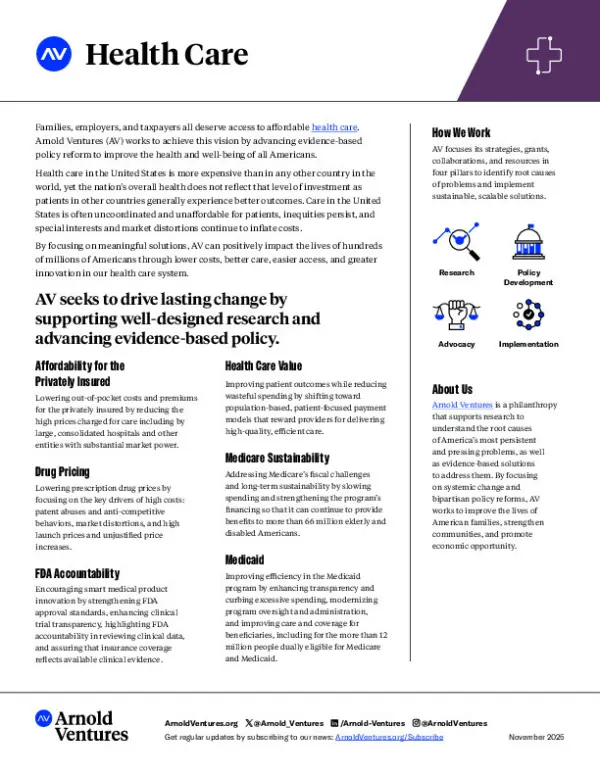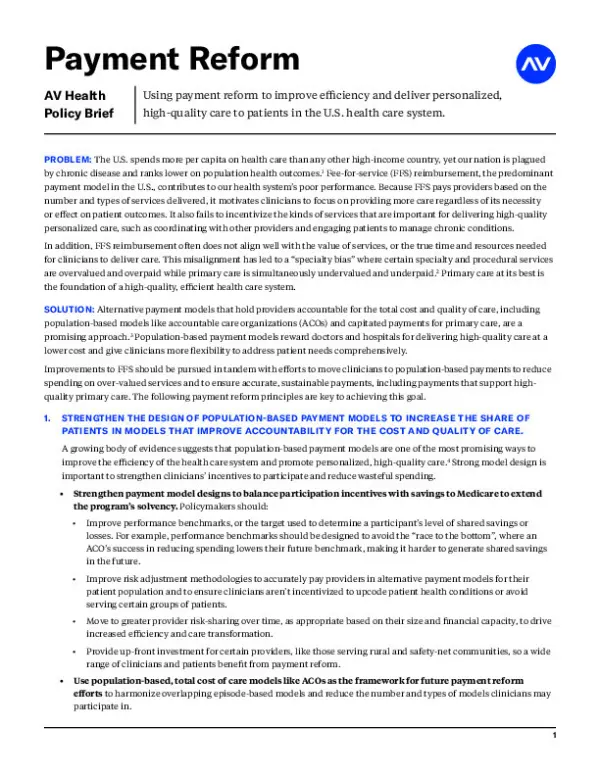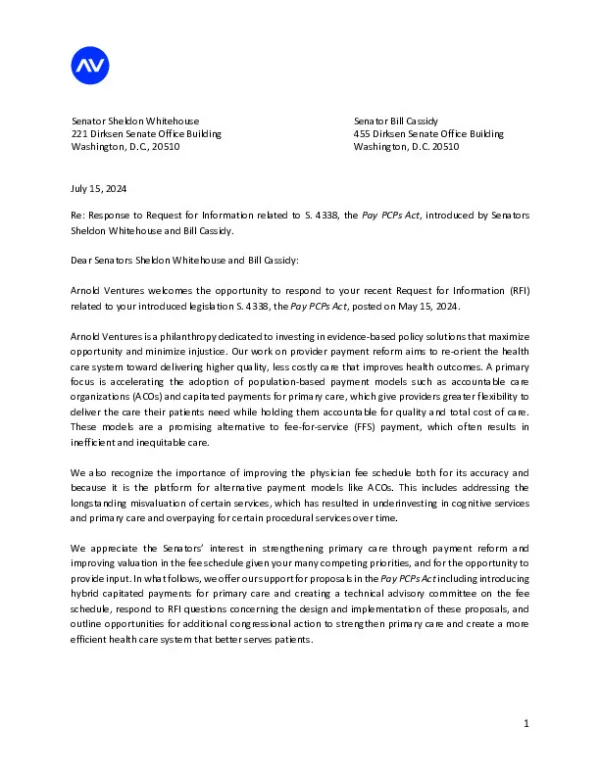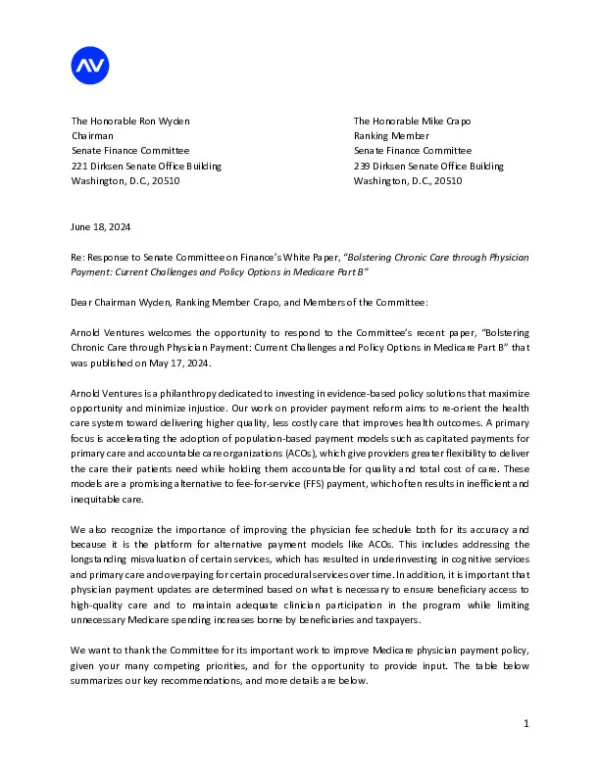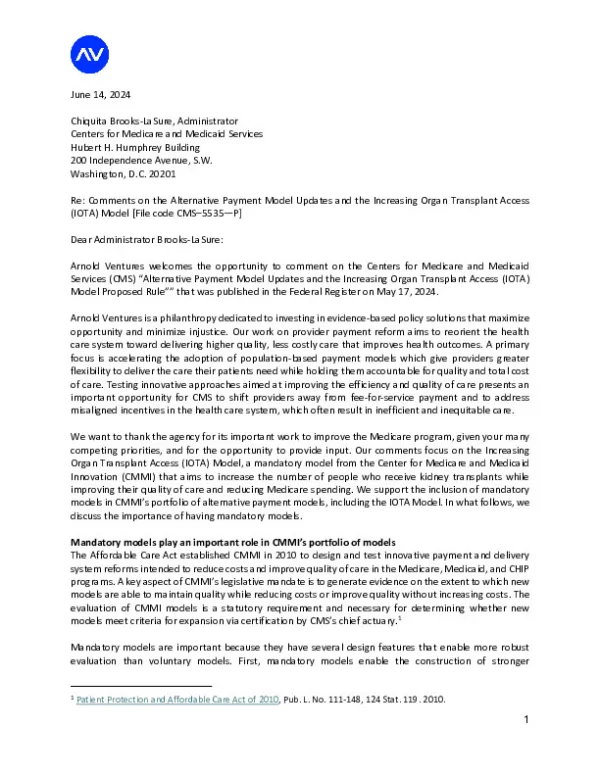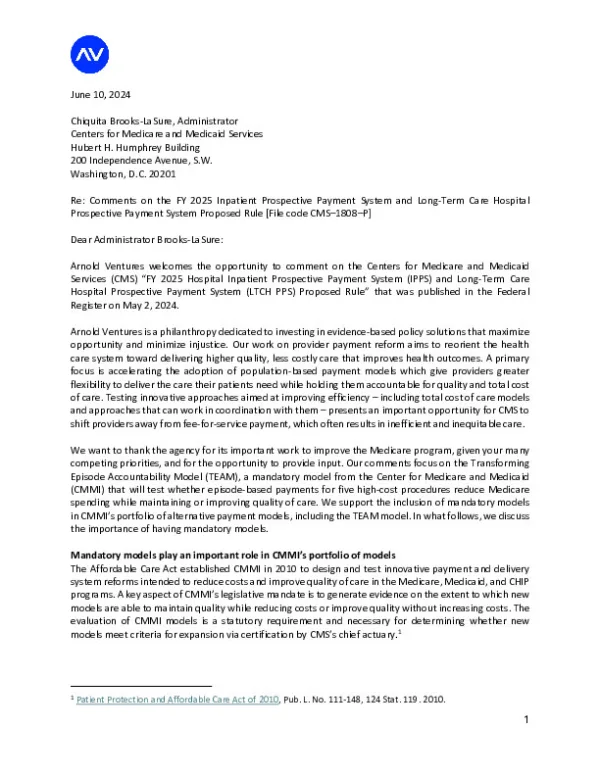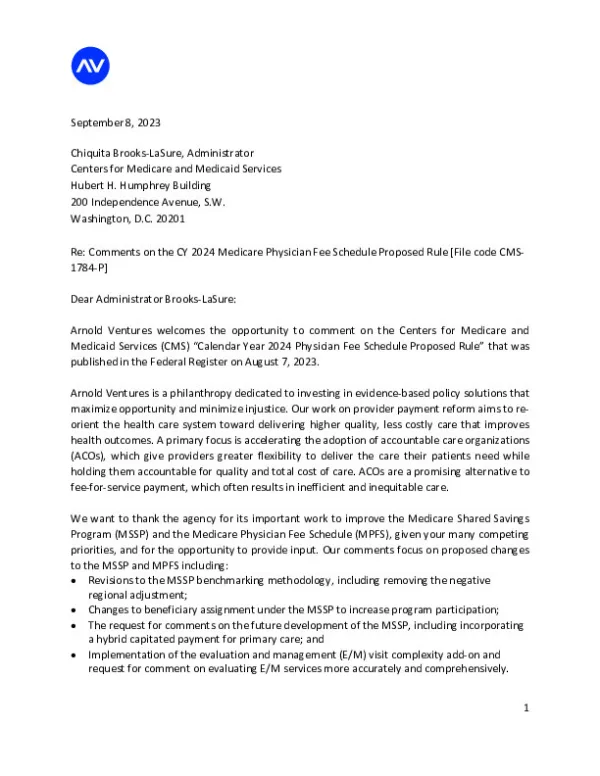Provider Payment Incentives

Fundamental shifts in the way our health care system pays for care are needed to improve patients’ outcomes and experiences, while reducing waste and excessive costs.
Under the predominant fee-for-service payment model, providers are paid based on the number and type of services they deliver. This incentivizes providers to deliver more and often unnecessary care and rewards interventions with the highest profit margins that may have limited or no clinical benefit to the patient. Instead of improving health, the result is uneven quality of care, higher costs for patients and taxpayers, and persistent inequities in health outcomes.
We aim to re-orient the health care system toward delivering higher quality, less costly care that improves health outcomes and reduces the burden imposed on patients by unnecessary or less effective treatments. Our focus is accelerating the adoption of population-based, patient-focused payment models that give providers greater flexibility to deliver the care their patients need, while holding them accountable for quality and total cost of care. We also aim to rebalance payments to encourage greater utilization of high-value services and reduce overpayments for services that don’t meaningfully improve patient health and in some cases cause harm.
Image: Photo by Shannon Fagan/Getty Images









